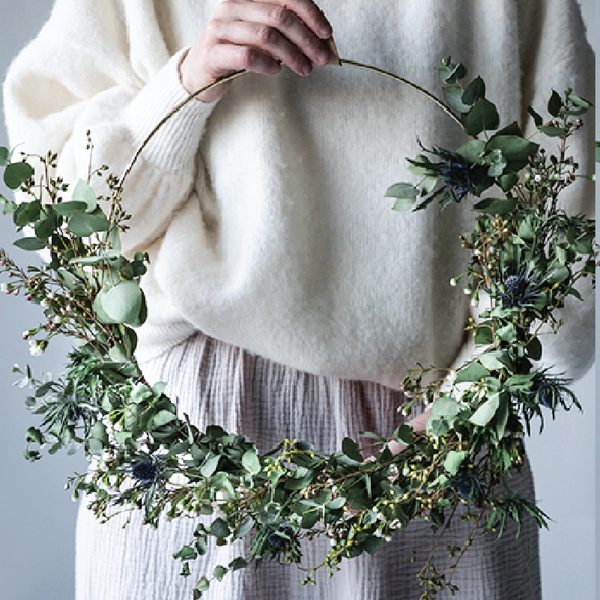June 13, 2015

The Mid-Century Modern style of home furniture & decor has reached a new zenith in popularity. Brands like CB2 and West Elm are releasing collections which are heavily inspired by this iconic design style. Current trends in lamps and lighting fixtures are one home decor item which draws extensively from the Mid-Century Modern (or 'MCM') style.

So what is Mid-Century Modern design, and why is it so popular now? In this 3-part series, I delve into the history of the MCM design movement, what typifies MCM design (specifically with lamps and lighting fixtures), and MCM in the current design context.
Mid-Century Modern design was spawned from the Bauhaus: a German Modernist art school which focused on design, primarily architecture, industrial design, interior design, graphic design and typography.

This was around the 1920s when mass production was first taking hold. Everyday people could now afford home furnishings which were previously only within reach of the wealthy.
The Bauhaus movement was all about creating practical items with a sense of design, which could enhance the beauty and utility of everyday life. The school studied the simplicity in form and function while intellectually incorporated design and beauty into everyday life, ‘free of unnecessary ornamentation’.
During World War 2, the Nazi-led government was unsupportive of the design education, and many of the Bauhaus designers fled Germany to pursue their trade in the western world.
So then the concept of modern design and architecture continued to evolve throughout Western Europe and United States, and by the 1950’s, Scandinavian, Italian, and American Designers were creating architecture and household furnishings that focused on simplified forms and natural shapes.
These simplified forms are characteristic to what we broadly define today as the style of Mid-Century Modern.

1950’s America was on an upswing after the war-torn turmoils of the previous decades. Building and manufacturing technology was advancing rapidly.
The designers from this era benefited from new building & construction techniques developed during the wartime, which facilitated open floor-plan living spaces. As a result, furnishings and light fixtures became important ways to help define the purpose of each space.
‘Mid-Century Modern’ design wasn’t known as such during the 1950’s. The term was coined much later - in the 1980’s - in the book "Mid-Century Modern: Furniture of the 1950s" by Carla Greenberg, published in 1984.

Lamps and lighting of the 1950s
Industrial designers began to address the challenge of creating furnishings that could be easily adjustable rather than stationary. Table lamps, desk lamps and floor lamps were intended to be mobile to suit different arrangements.


It was common to pair the lamp with a tall drum lamp shade, to exaggerate the height of the fixture. As for the color and material of the lamp shade, things were kept simple:
"The general trend was toward simple tailored shapes with less elaborate trimming... Interest was provided by the texture of the material rather than fancy trim.
Colours followed the modern trend. White was the big colour, and off-white shades, eggshell and natural light tan were close behind. Pinks and turquoise were also sneaking into the picture."
Excerpt from "Lamplighters All! A History of the Lamp Business" by Herbert Smythe (1960).

Tune in for our next installment of this series which covers MCM design in the 1960's, and contemporary applications of the Mid-Century Modern decorating style. You can also sign up to our newsletter to ensure you don't miss it!

Join Our Community of Creatives!
Sign up to our mailing list to receive project ideas, giveaways + discount codes!